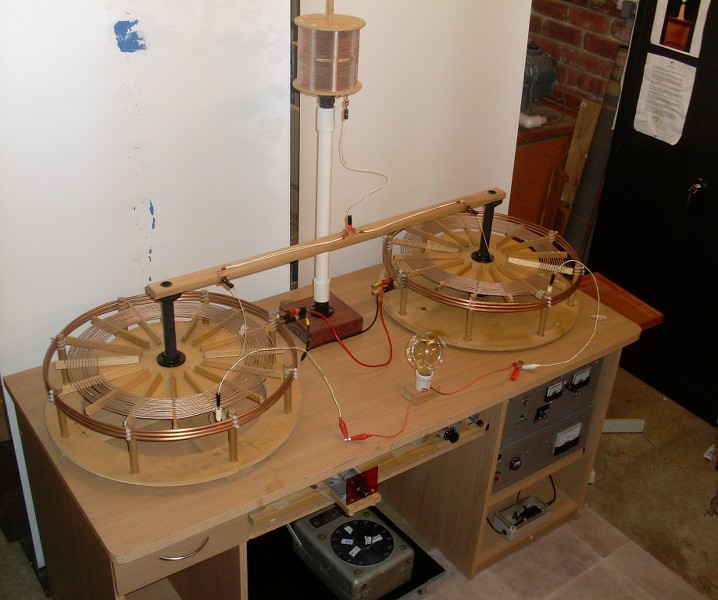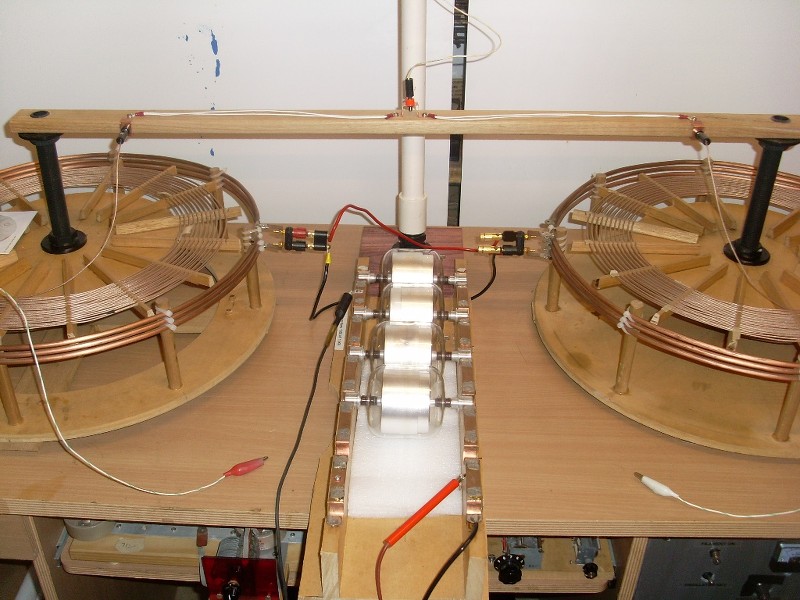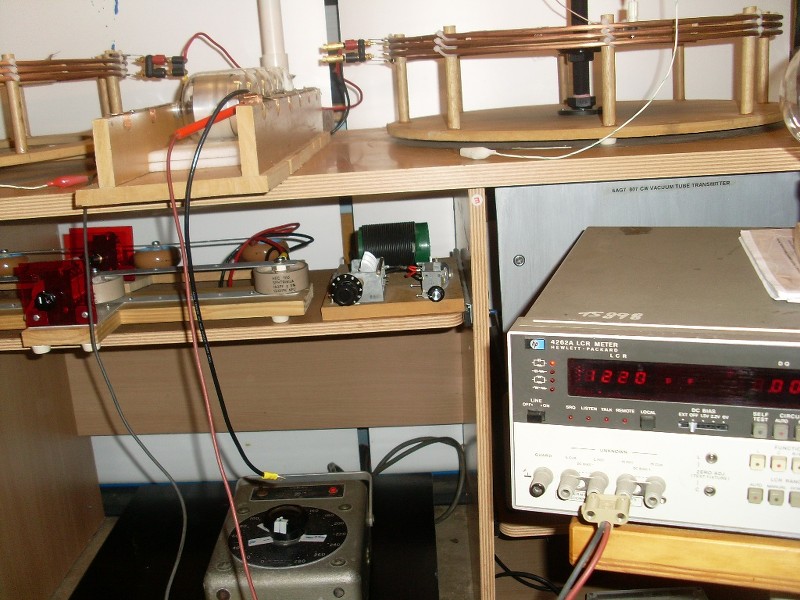Pics and Video
Thanks for the great pictures and videos Aaron. I’ve really enjoyed them all. I’m sure it was a great trip.
The scope of the project and the work involved with the whole deal is unbelievable.
It was good to see Stephen McGreevy go along for the ride and experience it all as well. I’m sure he would have become enthused by the whole project. It aligns nicely with some of the interests he has. (I should hurry up and finish off building one of Stephen’s VLF receivers I started to make awhile back).
The Extraluminal Analog Networks video with the scope provides the teaching not found anywhere else!
Fantastic stuff indeed
Originally posted by Aaron
View Post
The scope of the project and the work involved with the whole deal is unbelievable.
It was good to see Stephen McGreevy go along for the ride and experience it all as well. I’m sure he would have become enthused by the whole project. It aligns nicely with some of the interests he has. (I should hurry up and finish off building one of Stephen’s VLF receivers I started to make awhile back).
The Extraluminal Analog Networks video with the scope provides the teaching not found anywhere else!
Fantastic stuff indeed







Comment